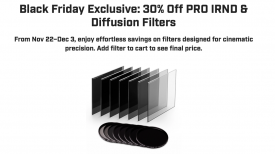By technical editor Matt Allard:
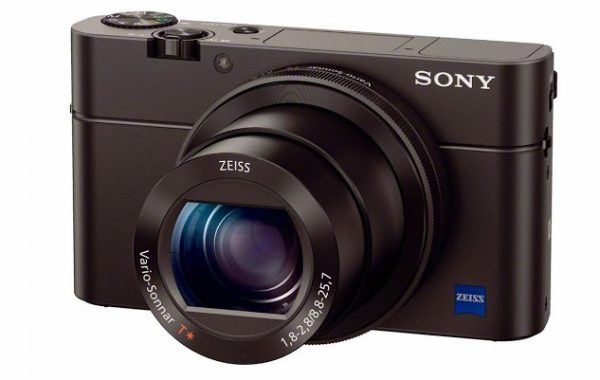
Sony this week released the third version of its popular RX100 – the RX100 III. The original RX100 debuted in 2012 and helped define a new category of high-end point -and-shoot cameras. The original was a great stills camera with the subsequent Mark II version offering minor tweaks and upgrades. While they both excelled as stills cameras, their video functions and quality left a lot to be desired.
Enter the new RX100 III. Priced at $800 US, it looks very similar to previous models, but if you dive beneath the exterior there are some major changes. Sony has placed its latest Bionz X processor at the camera’s heart. It is said to be three times faster than the processor used in the previous RX100 cams and is the same one found in the more expensive a7 line.
The third generation RX100 features a full pixel readout like the recent RX10 which Sony claim is capable of “eliminating aliasing, moiré and false colour artifacts”. Just how well the Bionz X processor downscales the sensor output is not known at present; hopefully it will do a better job than its RX series predecessors and be similar to the latest Alpha cameras like the Sony A6000. Unlike the RX10 which recorded AVCHD at 28Mb/s, the new RX100 III records in XAVC-S at 50Mb/s in full HD at up to 60p. This should in theory deliver far better video quality. We really are seeing a shift away from AVCHD from Sony to XAVC-S, which is good news for all shooters. If you require faster frame rates than 60p you can drop the camera down to 720p and record up to 120fps. There is also the ability to dual-record a lower bitrate version of the video for wi-fi streaming purposes at the same time as the regular file – although for some technical reason this is disabled when Intelligent Active Mode is ON, or when XAVC S 120p/60p/50p or AVCHD 60p/50p is selected.
Another great development is a three-step ND filter which will be great for keeping to the 180 degree shutter rule in bright sunlight when the lens is opened up. It also features a clean HDMI output which will allow external recording to devices like the Atomos Ninja or Convergent Design Odyssey. This makes it a better candidate to double as an action camera that can be put in hard to reach places.
Another feature is what Sony calls “Intelligent Active Mode” combination electronic and optical image stabilisation, designed to reduce rolling shutter. How this actually works in video mode is yet to be seen, but it is apparantly Sony’s first 5-axis stabilisation system in a camera of this type. If it is as good or better than the one in the Olympus OM-D EM-1, it will be incredibly useful.
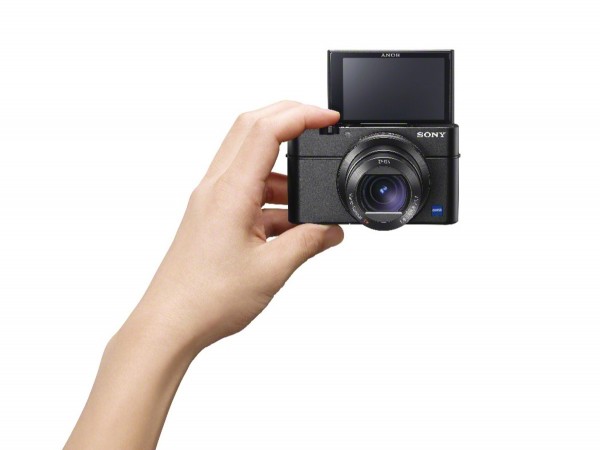
There are also focus peaking and zebras for video shooters, which I imagine to be very similar to those found on other recent Sony cameras. The rear LCD screen can now be tilted 180 degrees – so if you were, for instance, a reporter in a riot trying to film yourself you could now see exactly what the camera was seeing.
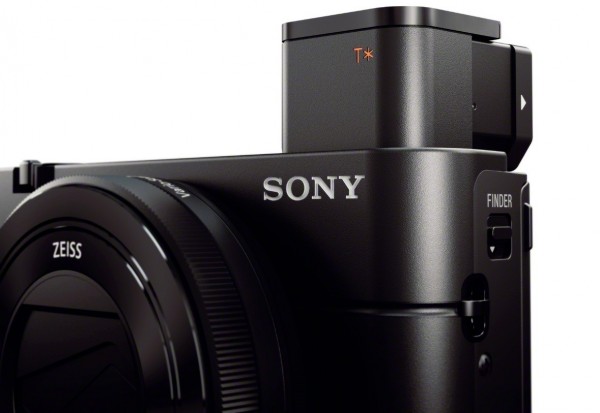
If you wanted an EVF on the older RX100 II you had to buy a $300 add-on viewfinder. Instead the Mark III comes with a built-in pop-up 1.44 million dot OLED viewfinder. While this is a great new feature, it does come at a cost. Sony has moved the pop-up flash to the centre of the camera, which means they have left no room for a hot shoe interface for connecting an external microphone or larger flash unit (something the RX100 II had). For video shooters this is bad news. The camera’s video functions and codec have been greatly improved, but without being able to hook up a proper microphone the camera’s potential for film making is limited. Sure, you can use dual system sound and record to an external audio recorder or iOS device, but why can’t we have a simple mic jack and headphones as an option for the RX100 III ?
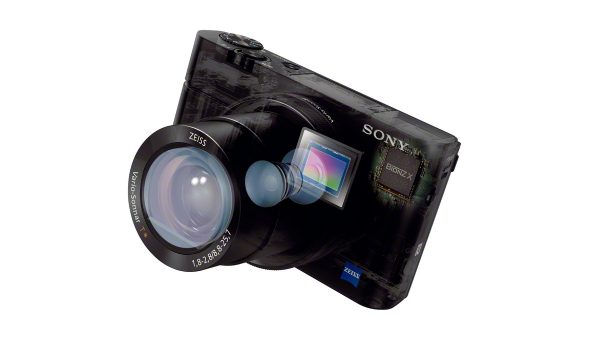
The other big change sees the Mark III get a new fixed lens. It now features a 35mm equivalent Zeiss 24-70mm f1.8-2.8 lens (this does not mean the depth of field is anywhere near equivalent as the sensor is much smaller). The previous versions featured a 28-100mm so Sony have sacrificed some distance at the long end for a wider and faster lens.
For the stills shooting a lot remains unchanged. It is the same 20.2 MP CMOS sensor as previous versions, it will still do 10fps continuous shooting and it uses the same AF system with similar battery life.
The RX100 III looks on paper to be a very impressive camera that may be very tempting for news shooters and video journalists looking for a discreet second camera or pocketable model. With a new lens, ND filters and a robust codec the only thing that is letting this camera down is the lack of ability to record external audio.
Also, be aware that this is not a World camera so if you want a PAL version you will have to buy the PAL model, likewise with NTSC. The RX100 III will be available in June.
The other news concerns the a7S that we saw debuted at NAB earlier in the year. It’s a camera that is squarely aimed at the film maker and it is good to see Sony pushing more pro features into its smaller camera line up. It has finally been given a price, which I think is competitive for what the camera is offering. The retail price on B&H is $2498 but with no release date given. Here in Japan, the camera will be available on the 20th June for around the equivalent of $2200 US so I imagine the release date for the rest of the world will be around the same time.
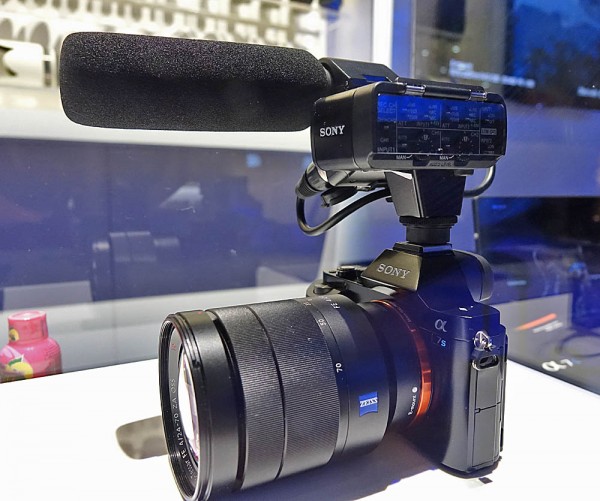
This places the a7S quite a bit higher in terms of price than the competing Panasonic GH4. Though both are mirrorless cameras, they have quite different features and sensor sizes. For me, at least, the a7S makes more sense than a GH4 as I already own other Sony cameras and lenses that will work. For others the decision is less clear cut.





